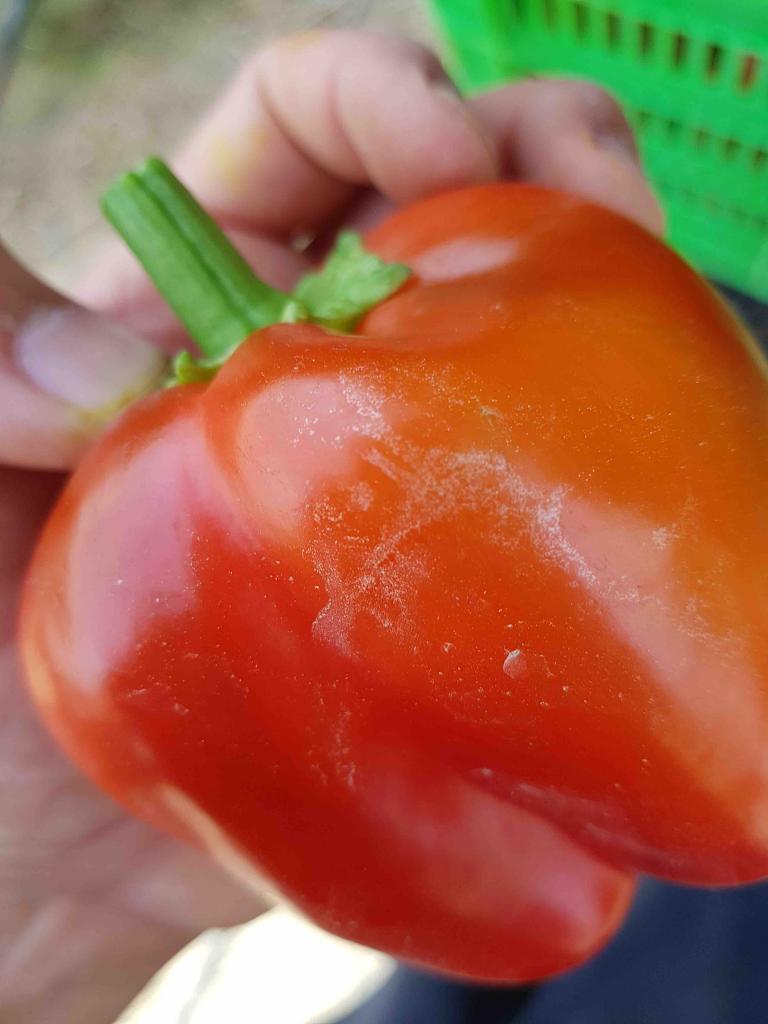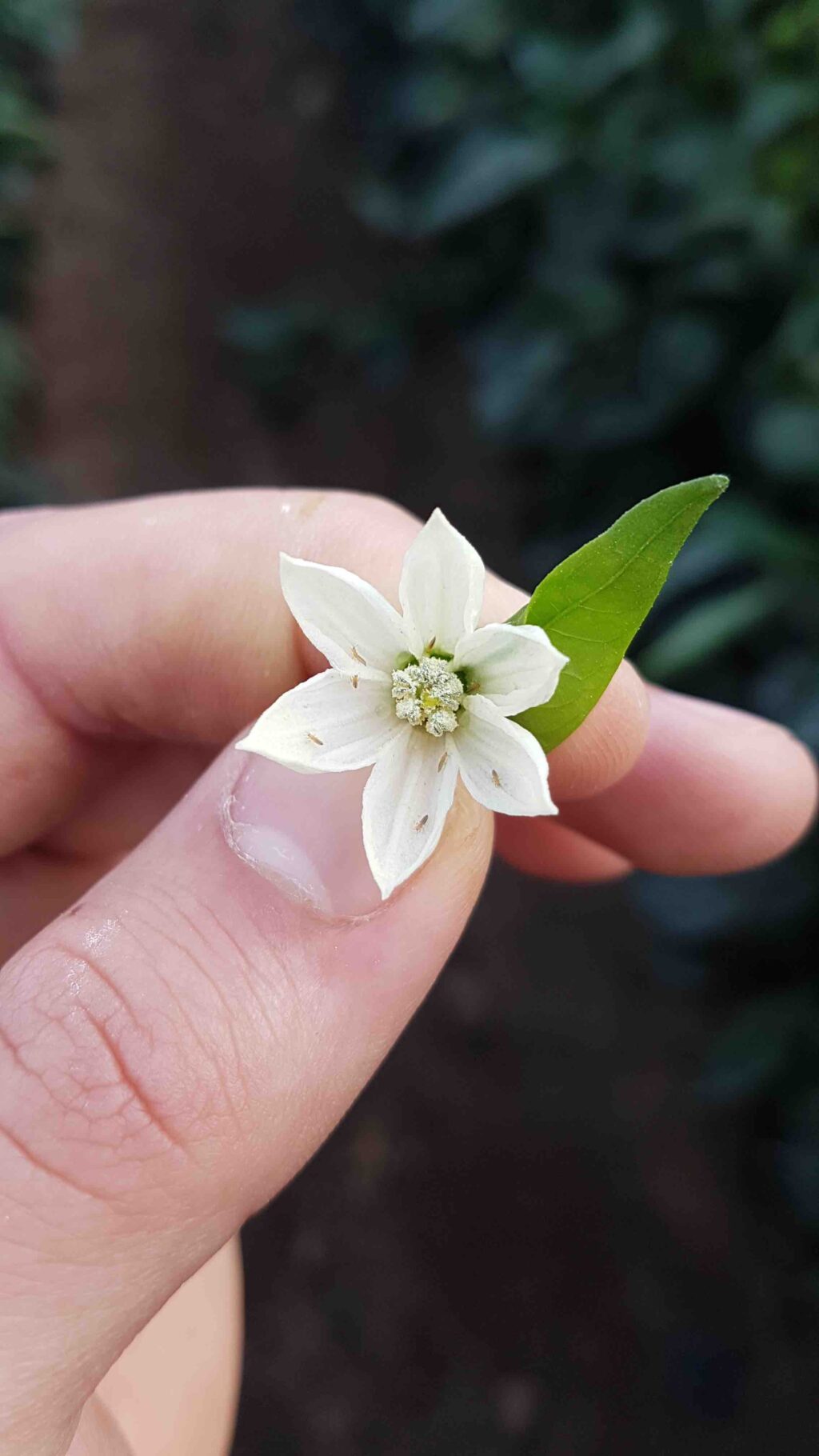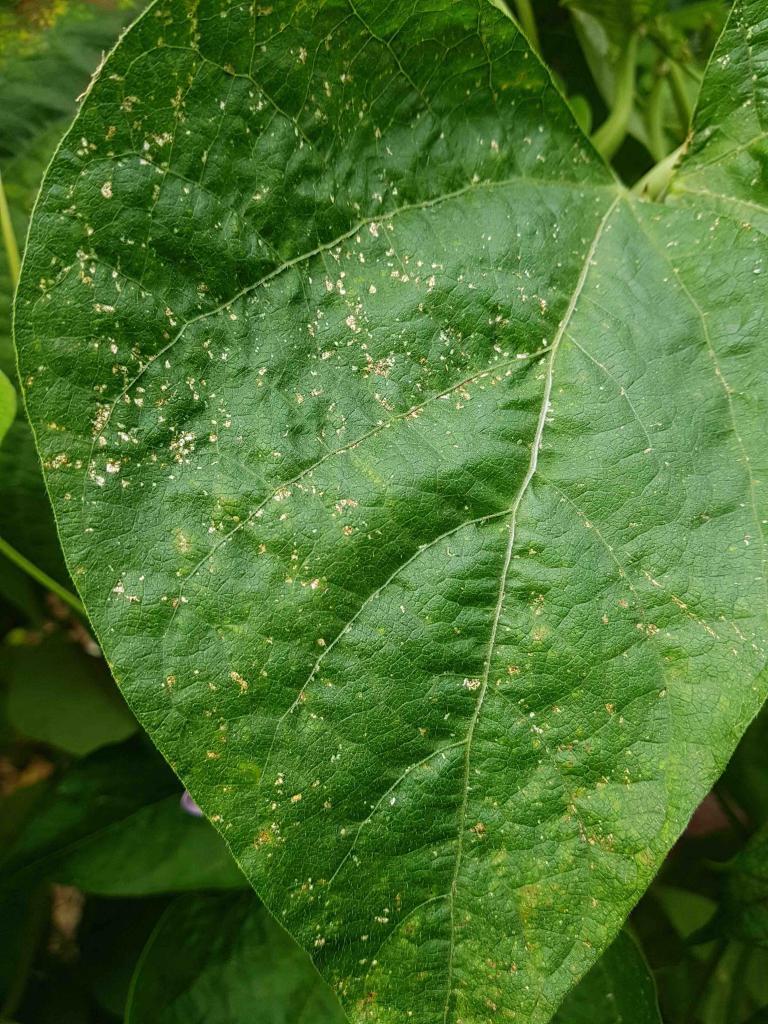Thrips des petits fruits
Pepper, grapes, melon, chrysanthemum, strawberry, peas, peanuts, watermelon, plums, nectarines, peach, cotton, tomato, cucumber, basil, eggplant, cabbage, cauliflower, beans, and a large group of ornamental plants
Western flower thrips are small, polyphagous insects (adults are 1.2 mm in length). They are a major pest in the world of agriculture with several hundred different host plants. They can usually be found on the upper parts of plants, especially inside the flowers, where they feed on pollen. Western flower thrips undergo partial metamorphosis, developing through several distinct stages, including egg, larva, pupa and adult-which can fly only weekly.
They can cause damage to crops directly from scarring of fruits (as a result of feeding or laying eggs in the plant’s tissue) and indirect damage from the role it plays as a vector of viruses, responsible for TSWV (tomato spotted wilt virus; the most economically important), TCSV (tomato chlorotic spot virus), INSV (impatiens necrotic spot virus), GRSV (groundnut ringspot virus) transmission.
Grandir à l’intérieur des structures : Gardez la structure fermée et les filets exempts de trous.
Calendrier: Il est plus facile et plus rentable de surmonter les infestations au cours des premières étapes. Surveillez régulièrement le champ et recherchez les signes ci-dessus.
Utiliser des techniques de surveillance des ravageurs (tels que des pièges) pour suivre les populations d’insectes.
Assainissement: Gardez l’environnement proche des cultures en éliminant les mauvaises herbes, les débris de plantes, les parties endommagées, la croissance indésirable des plantes et les plantes à proximité qui ne sont ni cultivées ni protégées.
Il est difficile de gérer efficacement les thrips avec des insecticides. Essayez d’éviter d’utiliser des insecticides organophosphorés, carbamates et pyréthroïdes. Ces produits chimiques vont éliminer les ennemis naturels et les pollinisateurs et laisser indemnes la majorité des populations de thrips.
spinosad- produits à base.
Les ennemis du thrips naturels disponibles dans le commerce appartiennent au genre orius (« minuscule bogue de pirate »).
*Names marked in red are considered to be highly poisonous to beneficial insects.
*Names marked in green are considered to be organic and IPM (integrated pest management) compatible.
Image Gallery


